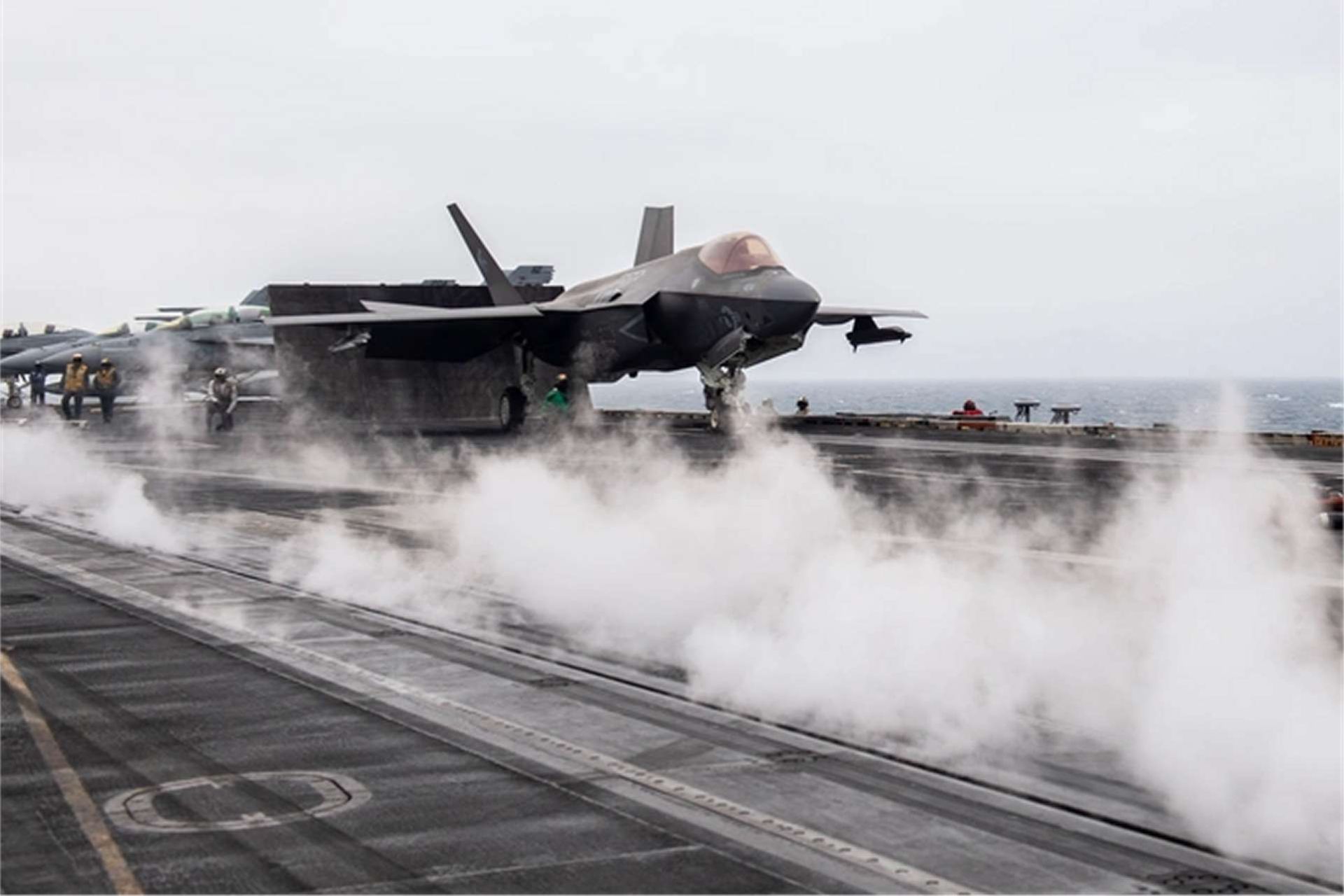Breaking News
US Navy aircraft carrier USS Carl Vinson Maintains Strategic Deployment in Disputed South China Sea.
According to information published by the US DoD on January 4, 2025, the Nimitz-class aircraft carrier USS Carl Vinson (CVN 70), flagship of Carrier Strike Group One (CSG 1), is actively conducting routine flight operations in the South China Sea as part of its deployment within the U.S. 7th Fleet area of operations.
Follow Army Recognition on Google News at this link

The Nimitz-class aircraft carrier USS Carl Vinson (CVN 70) conducts routine flight operations in the South China Sea. (Picture source: US DoD)
The South China Sea remains one of the most contested maritime regions globally, with overlapping claims from multiple nations, including China, Vietnam, the Philippines, and Malaysia. China's expansive claims and militarization of artificial islands have escalated tensions over the years. By conducting routine flight operations, the USS Carl Vinson underscores the United States' commitment to the principle of freedom of navigation. This principle is pivotal to ensuring that no single nation can unilaterally control vital sea lanes, through which an estimated $4 trillion in annual trade flows.
Routine U.S. Navy operations in these waters serve as a counterbalance to China’s aggressive stance, demonstrating the U.S. Navy’s capability and willingness to operate freely in the region. This presence is a reassurance to regional allies and partners who rely on unimpeded maritime access for their economic and security interests.
The timing and location of the Carl Vinson’s operations are significant. The South China Sea has seen an uptick in military activity, including frequent encounters between U.S. and Chinese forces. By deploying a carrier strike group to these waters, the U.S. sends a clear signal to Beijing that its actions in the region are being closely monitored and that attempts to intimidate smaller nations will not go unchecked.
This deployment also coincides with increased diplomatic efforts by the United States to strengthen its position in the Indo-Pacific, including the Quad framework (U.S., Japan, India, Australia) and AUKUS (Australia, UK, U.S.).
While these operations reaffirm U.S. commitment to the region, they are not without risks. The South China Sea has been a hotspot for military near-misses and confrontations, particularly with China’s navy and maritime militia. There is always a risk of miscalculation leading to unintended escalation.
Additionally, the deployment of a carrier strike group is resource-intensive, raising questions about the sustainability of such operations over time, particularly as the U.S. faces challenges in other regions, such as Europe and the Middle East.


























